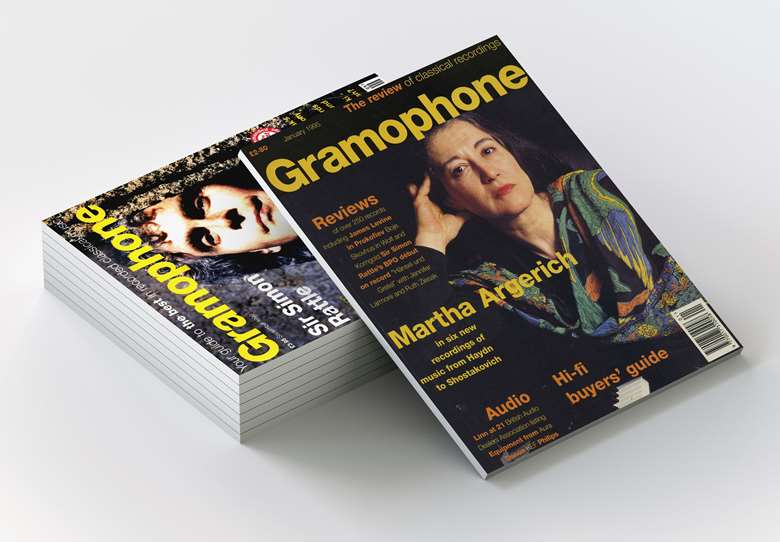Gramophone magazine: a history – the 1990s
James Jolly
Monday, January 22, 2024
Historically informed performance practice launched a new era in recorded repertoire, and the 1997 Gramophone Awards ceremony reached an audience of 2.5 million viewers on ITV

Register now to continue reading
Thanks for exploring the Gramophone website. Sign up for a free account today to enjoy the following benefits:
- Free access to 3 subscriber-only articles per month
- Unlimited access to our news, podcasts and awards pages
- Free weekly email newsletter















